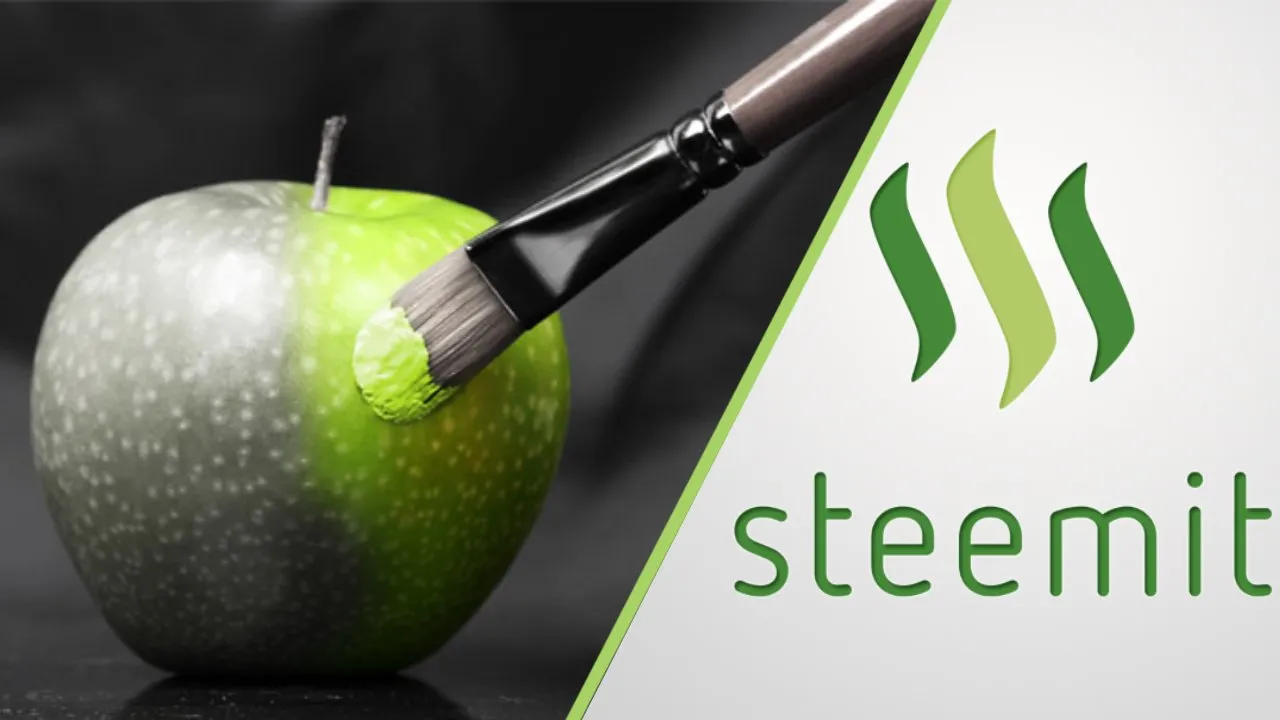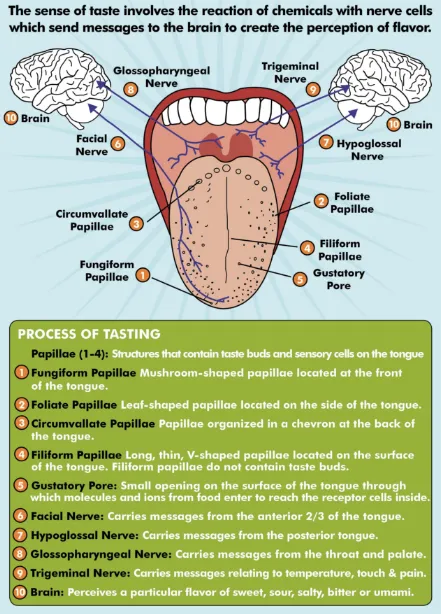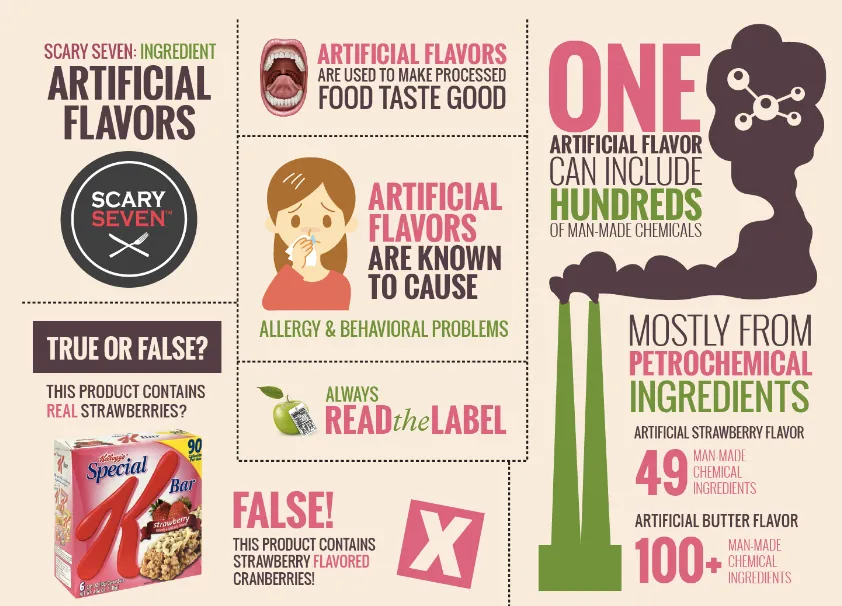
Nowadays, we can buy products with almost every combination of flavours - potato chips with pizza or pickle flavour, cheesecake flavoured candy or pumpkin pie-flavour everything.
But have you ever wondered how it's possible to make a food taste of something that's completely non-related?
To research this, we first have to look at how we perceive taste in general:
Let's say you're eating strawberry ice cream.
The ice cream flows over your tastebuds, where special receptor cells react to compounds of the food and then transfer that information to your brain.
At the same time, the fruity smell of your ice cream reaches the receptor cells in your nose and sends the smell information to your brain.

These factors, along with other aspects like the texture and look of your food give your brain the information to think: Alright, what I'm eating is strawberry ice cream!
But actually, there might not be any strawberry in that ice cream.
The ice cream contained compounds that have been specifically created to trick your brain into thinking they're strawberry flavour!
These synthetic flavours are used in almost all processed food nowadays.
Have you ever wondered about the difference between "natural flavours" and "artificial flavours" ?
Natural flavours have to originate from some living thing - whether that's a plant, fruit, any animal product or even something like yeast.
And artificial flavours are basically ... everything else! By definition of the FDA, everything that can't be classified as a natural flavour is labeled as artificial flavour.
Now if you want to create a candy with strawberry flavour, you could either extract Ethyl methylphenylglycidate from real strawberries, or create it synthetically in a lab.
And now take a guess which one is cheaper to produce, and therefore mostly used in food or beauty products... It's obvious.
Artifical flavours have taken over natural flavours a long time ago in mass-production!

Synthetic flavours not only a flavour alone, but also contain components of a scent.
We all know that eating wouldn't be the same experience without our sense of smell - if you've ever tried to eat chocolate with a stuffed nose, you know that our tongue can only taste "sweetness" but can't pick up all the wonderful aromas that make up chocolate!
Our taste sensation actually depends to 80% on the scent!
But if you want to create a certain flavour (for example Pizza flavour) one molecule wouldn't be enough - and also, you can't simply extract "Pizza flavour" from a real pizza.
So what do you do ?
Scientists have developed so-called flavour packs - combinations of flavours that they sell to companies to make their food taste like something specific.
But the science behind "pizza flavour" is much more complex than just combining the flavours of pizza dough, tomate sauce and cheese.
The food scientists have to consider which flavour should be the strongest, if the flavour has to be heat resistant or not, if the chemical has to have a certain texture etc. Also, they have to take into consideration that baked pizza tastes a lot different than just raw dough, tomatoes and cheese.

When talking about artifical flavours, we can't leave out the King of all synthetic flavours: Monosodium Glutamate.
Glutamate is used to give things a more "salty, meaty" taste - also called Umami in japanese.
This is actually the 5th flavour alongside sweet, sour, bitter and salty, and has been known and used in asian cuisine for hundreds of years! (But only recognized as a flavour in the western world in recent years)
Umami is what gives vegetarian products a more meaty taste, and increases the tastyness of any meaty dish or sauce.
Since Scientists have found out they can use this to their advantage, MSG (Monosodium Glutamate) has been all over the food industry.
While some people report being allergic to it, scientific studies couldn't prove any harm to the human body yet.

- Instagram -

© Sirwinchester